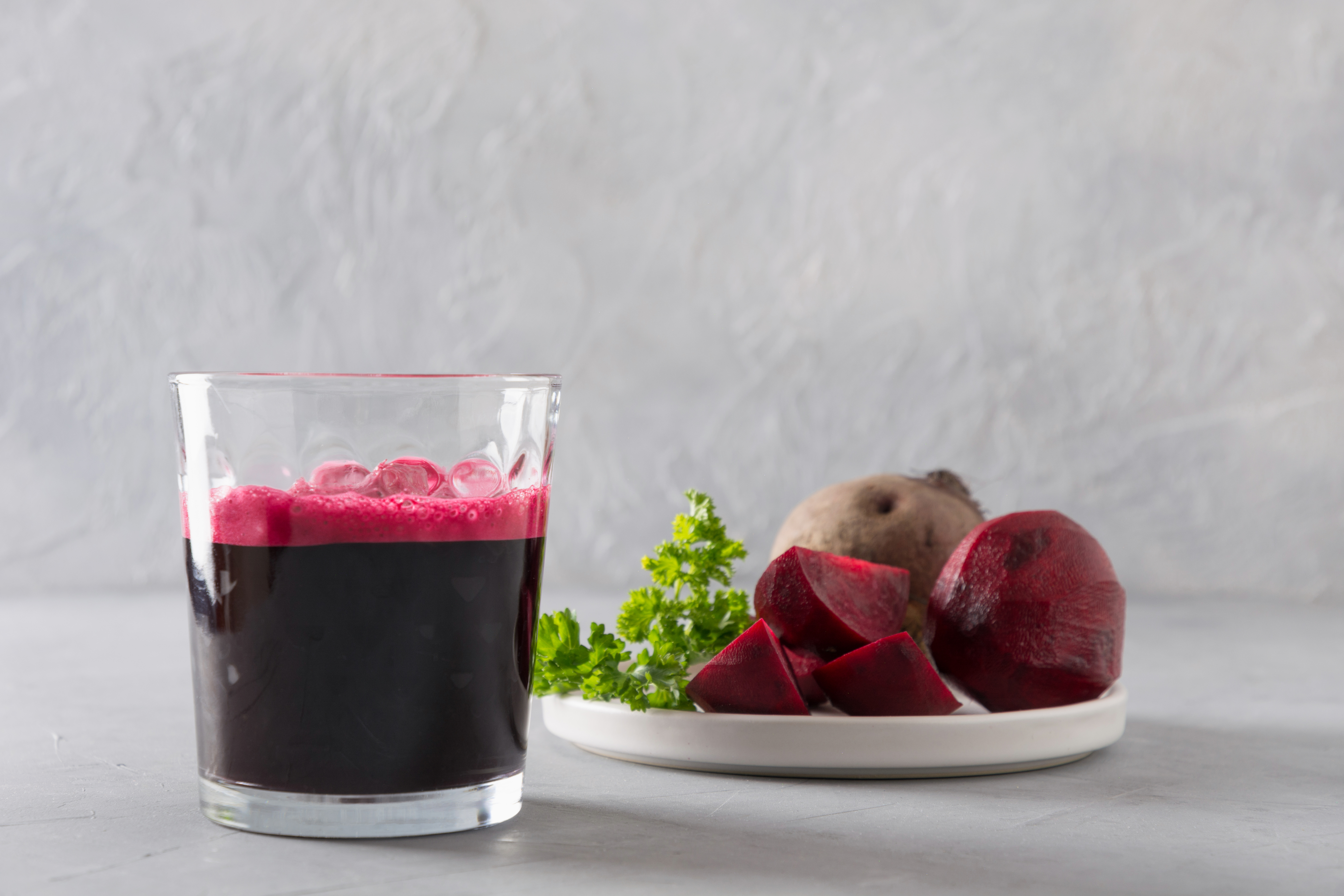Science-Backed Moves to Combat Age-Related Muscle Loss
19. Gut Health: The Microbiome–Muscle Connection

Emerging research links gut health directly to muscle preservation, especially in older adults. A diverse gut microbiome helps regulate inflammation, absorb protein efficiently, and produce short-chain fatty acids—compounds that protect against muscle breakdown. Dysbiosis (microbial imbalance) can interfere with nutrient uptake and drive low-grade inflammation, accelerating sarcopenia. Probiotic-rich foods like yogurt, kefir, and fermented vegetables, along with prebiotic fiber from garlic, onions, and oats, can nourish a healthier microbiome. A strong gut supports better digestion, immunity, and—surprisingly—muscle retention. Prioritizing gut health adds a new, often-overlooked dimension to your anti-sarcopenia game plan.
20. Blood Flow and Nitric Oxide Boosting

Effective blood flow is crucial for delivering the oxygen and nutrients needed for muscle repair and growth. As we age, vascular health can decline, a process exacerbated by chronic inflammation. Boosting nitric oxide (NO) production can help. NO is a molecule that relaxes and widens blood vessels, improving circulation. Dietary strategies, such as consuming foods rich in nitrates (beets, leafy greens) and L-citrulline (watermelon), can naturally increase NO levels. Incorporating light cardiovascular exercise can also enhance vascular health. This focus on microcirculation ensures your muscles are well-fed, improving their ability to recover and grow.
